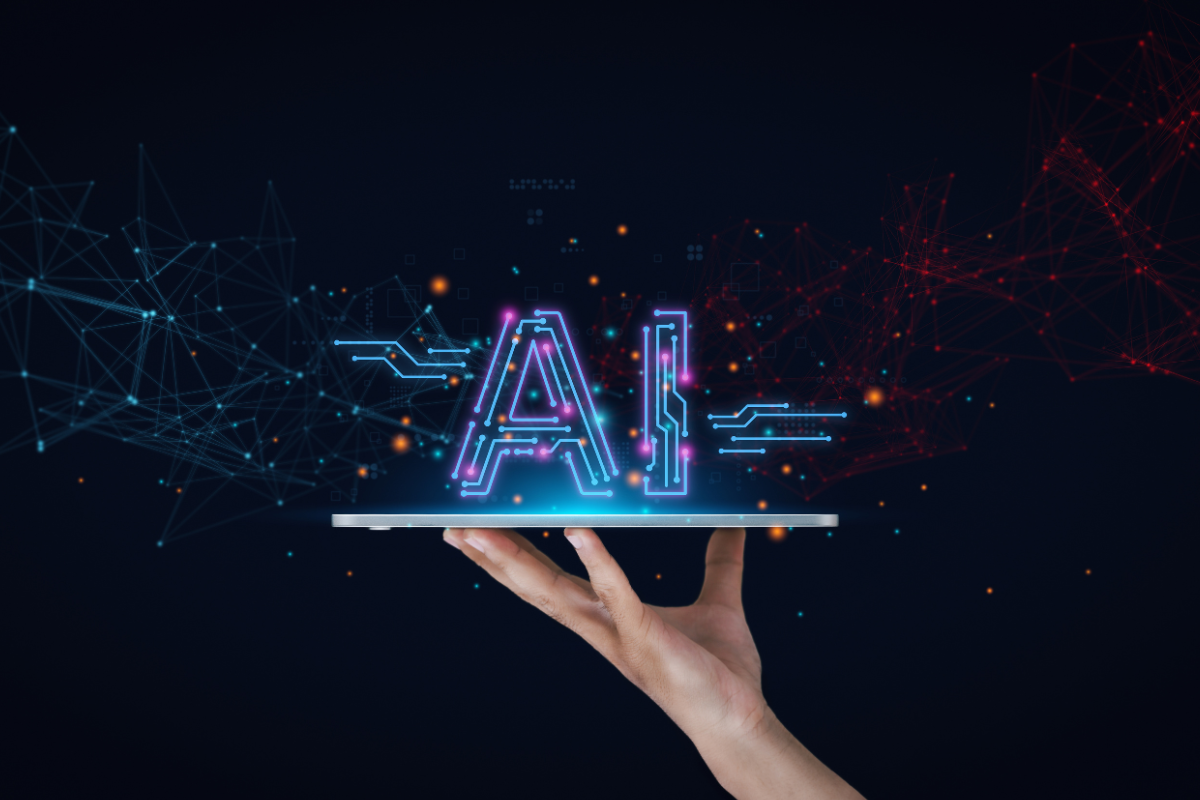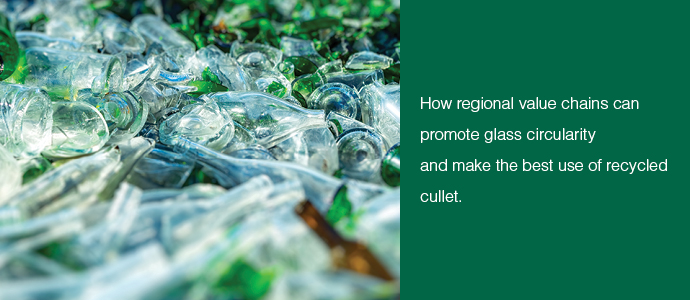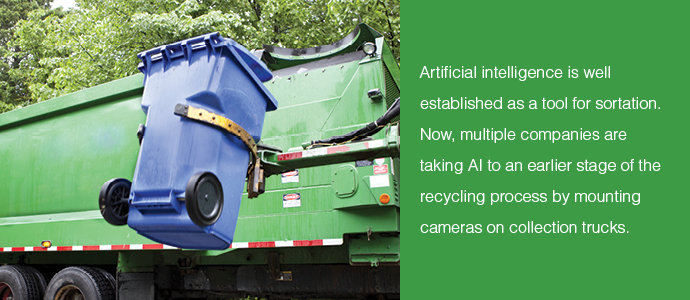 This article appeared in the December 2023 issue of Resource Recycling. Subscribe today for access to all print content.
This article appeared in the December 2023 issue of Resource Recycling. Subscribe today for access to all print content.
Artificial intelligence has taken the recycling industry by storm – and for good reason. When applied correctly, today’s emerging AI technologies have transformative powers, driving automation and efficiently enabling more granular sorting of complex material fractions. But they can also be a waste of both time and financial investment if not considered as part of a holistic solution.
Much of the AI buzz originates from optical sorters using robotic arms rather than valve blocks. The valve block optical sorters employed in thousands of recycling facilities for decades use precisely timed pulses of air in a drop-eject method to sort materials at rates reaching 8.0 tons per hour or higher. Conversely, the new robotic arm optical sorters more closely mimic a human’s picking motion of multiple fractions at rates slightly higher than that of a person: about 0.5 tons per hour.
To properly implement these technologies, recyclers need to fully understand what AI is and what it’s designed to do. Fully understanding how AI works and how it will improve the sort is the key to optimizing product throughput and purity, not to mention profitability.
AI is not new
Recyclers must keep in mind that AI is nothing new to the industry, and that most recycling facilities are currently using some form of it. Valve block optical sorters have for decades leveraged traditional AI to drive sorting circuit automation and recycled product purity. Plant builders and technology suppliers have worked with customers to design material flows to improve yield, purity and throughput with fewer manual sorters.
AI consists of software and algorithms, not hardware. Traditional AI is used in combination with a variety of sensors – RGB cameras, near-infrared (NIR), laser, EM (electromagnetic) and X-Ray – to automatically detect and process fractions. Traditional AI is a manual process whereby a technician engineers the classifiers and deploys them into the house-developed sorting software.
Every sensor-based sorting machine consists of numerous components, all of which play their roles and are chosen depending on the sorting task. How well, or poorly, material fractions are sorted depends on how the core components – the sensor system, data processing (software), conveyor system and ejection system – work together.
Advancements in sensors and traditional AI have already led to many automated sorting improvements. Throughout the years, optical sorter designs have evolved with greater computing power and improved algorithms to leverage traditional AI and greatly improve color sorting. This is why the MRF can now sort out higher-value clear and light blue PET with higher yields and less contamination, meaning bales can be sold to secondary plastics sorters as Grade A or B versus Grade C or D.
Deep learning: a game changer
AI’s deep learning subset is the current game-changing technology that further advances sorting accuracy and adaptability to material streams. Large datasets of trained neuronal networks enable deep learning technologies to recover materials that are difficult or even impossible to distinguish using traditional technologies.
For deep learning to work, software engineers train the network using thousands of images to create a pool of object information. The network recognizes patterns in the data and connects this information pool to the sorting task.
Deep learning advancements in AI are application-specific, so the supplier must provide the recycler with material testing, training and optimization. The supplier cannot just drop AI-based equipment into the circuit and leave. Full sorting potential is only achieved through a well-optimized and well-positioned machine with workers trained on how to get the most out of it.
Optimization leads to a much more granular sort. Whereas conventional optical sorters accurately identify and sort aluminum from the material stream, trained deep learning systems take the next step to detect and sort items such as used beverage containers (UBCs) from other aluminum in the stream. Deep learning enables recyclers to selectively target a specific value stream and increase purity of that product.
There are several areas where deep learning AI can play a part in improving the sort. We have already launched a deep learning wood sorting application with our GAIN technology and are currently developing an application that focuses on UBC cleaning. There is also value to be found in PET cleaning and the ability to detect PET food grade containers from the material stream using deep learning.
Because of its ability to be trained to see objects on the belt like a human sorter, AI’s deep learning technology, when combined with conventional sorting technologies, can bring final product qualities and yield to the next level.
Ty Rhoad is TOMRA’s regional director of recycling sorting for the Americas. He can be reached at [email protected].
The views and opinions expressed are those of the author and do not imply endorsement by Resource Recycling, Inc. If you have a subject you wish to cover in an op-ed, please send a short proposal to [email protected] for consideration.
This article appeared in the December 2023 issue of Resource Recycling. Subscribe today for access to all print content.




